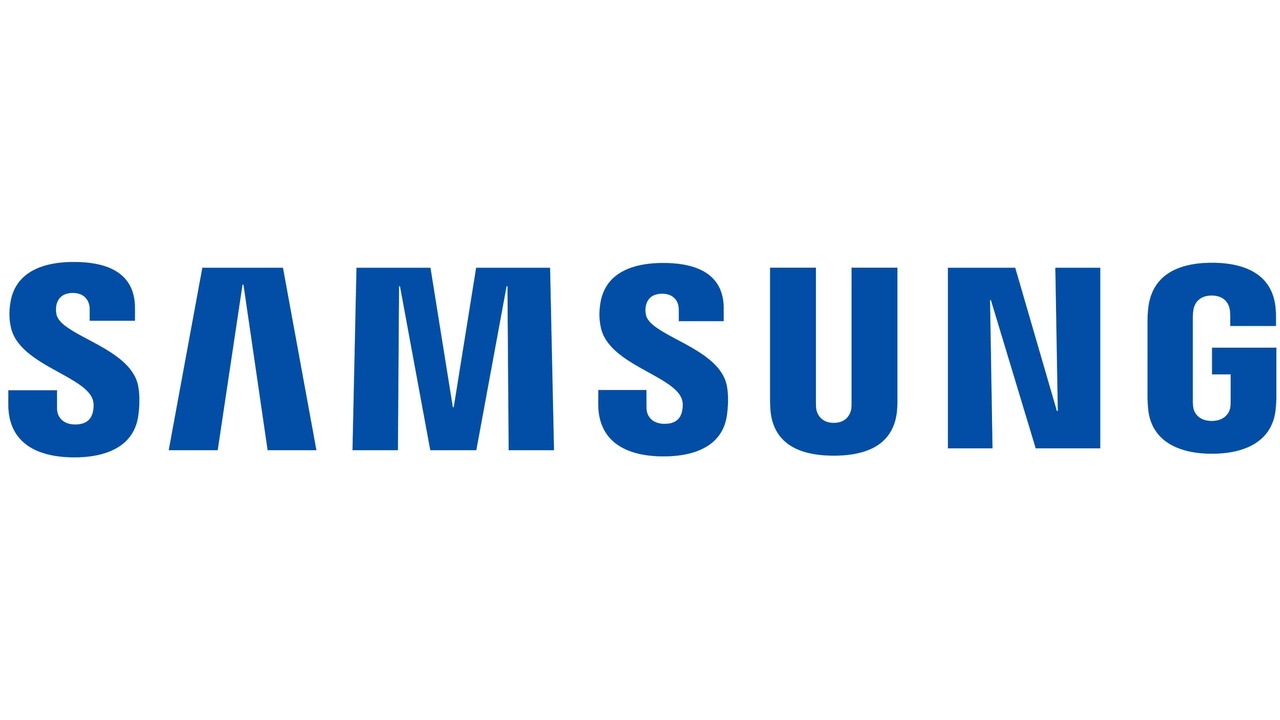Samsung Electronics Q3 2024 $005930

Financial performance
- Revenue: The company's total revenue increased by 7% quarter-on-quarter to KRW 79.1 trillion in the third quarter of 2024
- Operating profitOperating profit : Operating profit decreased by KRW 1.3 trillion quarter-on-quarter to KRW 9.18 trillion, with an operating margin of 11.6
- Net profitNet profit increased to KRW 10.10 trillion, corresponding to a net profit margin of 12.8%.
Balance sheet overview
- Total assetsReached KRW 491.3 trillion as of September 30, 2024.
- LiabilitiesAmount to KRW 105.0 trillion, which corresponds to a debt ratio of 4%.
- EquityKRW 386.3 trillion.
Details of the profit and loss account
- Gross profitGross profit amounted to KRW 30 trillion, which corresponds to a gross margin of 37.9%.
- Selling, general and administrative expenses (SG&A)Increased to KRW 20.8 trillion, accounting for 26.3% of sales.
Cash flow overview
- Cash flow from operating activitiesKRW 22.2 trillion.
- Cash flow from investing activitiesKRW 14.3 trillion, mainly due to investments in property, plant and equipment (PP&E).
- Cash flow from financing activitiesminus KRW 2.18 trillion.
Key figures and profitability ratios
- Return on equity (ROE): 11 %.
- EBITDA margin: 27 %.
- Liquidity ratio (current ratio): 252 %.
Segment information
- MX Division: Recorded growth of 13 % due to new smartphone models.
- DS Division: Sales increased by 3 %, driven by demand for high-quality memory products.
- Display segment: Sales increased by 5 % thanks to new product launches.
Competitive position
- Brand equitySamsung Electronics ranked 5th in Interbrand's list of the top 100 global brands, with a brand value of USD 100.8 billion.
Forecasts and management comments
- Forecast Q4: Expected improvement in semiconductor business, with focus on value-added products.
- Outlook 2025: Expects positive market development, with strategic focus on AI and premium segments.
Risks and opportunities
- Risks: Macroeconomic uncertainties, exchange rate effects and competition in the mass market segment.
- Opportunities: Growth opportunities in the areas of AI and high-density storage products as well as expansion into the IT and automotive sectors.
Summary of the results
Samsung Electronics delivered a strong performance in the third quarter of 2024, driven by new product launches in the MX and DS divisions. Despite a decline in operating profit caused by one-off costs, the company maintained solid profitability metrics. The balance sheet remains healthy, with a low debt-to-equity ratio, and operating cash flow is strong. Going forward, Samsung is focusing on growth through AI innovation and high-quality products, while monitoring risks from macroeconomic factors and competition.
Positive aspects
- Sales growthSamsung Electronics achieved sequential sales growth of 7% to KRW 79.1 trillion in the third quarter of 2024, driven mainly by strong performances in MX and DS.
- Brand awareness: The company consolidated its position as a #5 brand in Interbrand's top 100 global brands and increased its brand value by 10% to USD 100.8 billion. This underlines Samsung's strong brand loyalty and market presence.
- Cash flow from operating activitiesCash flow from operating activities remained robust at KRW 22.2 trillion, demonstrating Samsung's high operational efficiency and strong cash generation capacity.
- Segment performance: The MX division recorded impressive growth of 13%, supported by the launch of new smartphone models, contributing significantly to overall sales.
- Strategic focus on AISamsung is strategically focusing on AI and high-value products and plans to increase sales of AI-powered home appliances and enhance AI connectivity experiences. This positions the company well for future growth in new technologies.
Negative aspects
- Decline in operating profitOperating profit decreased by KRW 1.3 trillion to KRW 9.18 trillion compared to the previous quarter, mainly due to one-time costs including provisions for incentives in the DS division.
- Currency effectThe appreciation of the Korean won against the US dollar impacted operating profit by approximately KRW 0.5 trillion and affected the components business.
- Increased selling, general and administrative (SG&A) costsSG&A costs increased to KRW 20.8 trillion and now represent 26.3% of sales. Without targeted control, these costs could weigh on margins.
- Conservative outlook for Display segmentAlthough sales have increased, the outlook for the Display segment remains cautious due to intense competition, which could affect profitability.
- Inventory adjustmentsThe Mobile segment faced challenges in inventory adjustments, resulting in lower demand and an imbalance between supply and demand, especially in the Chinese market.

